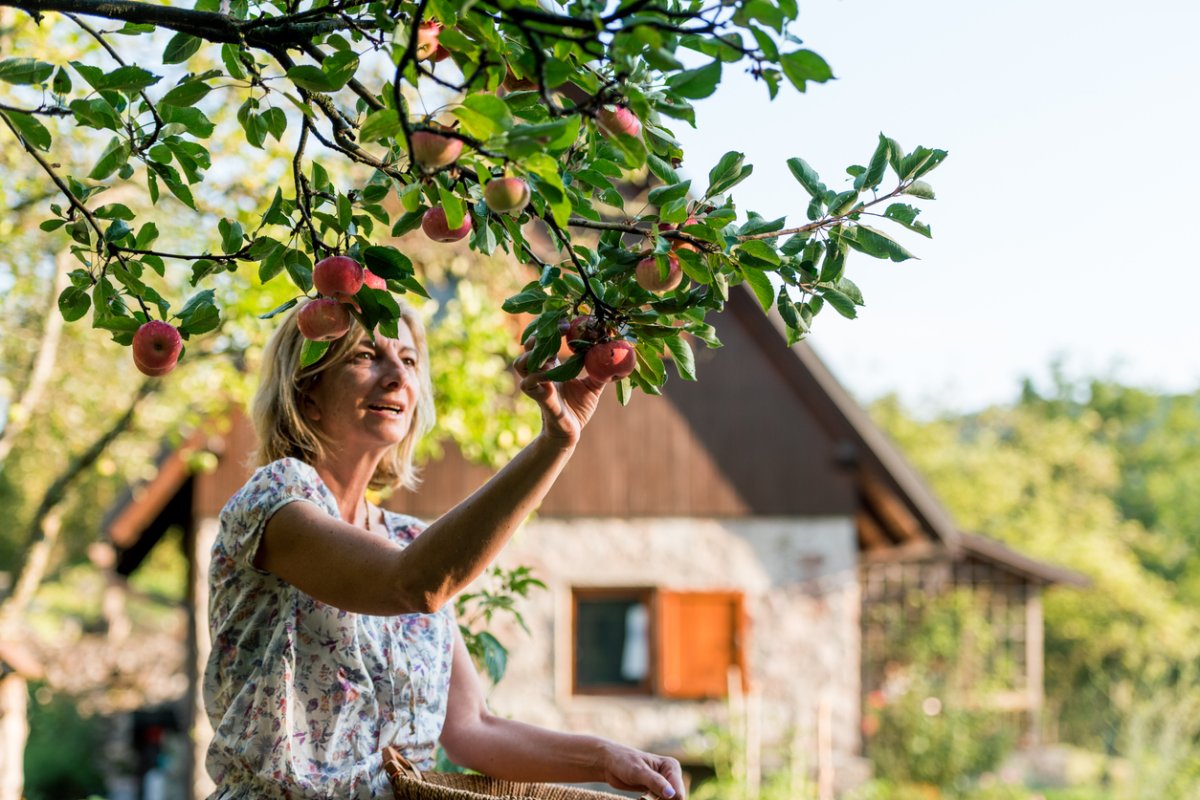We may earn revenue from the products available on this page and participate in affiliate programs. Learn More ›
With more than 7,500 varieties of apples from which to choose, there’s more than one way to “keep the doctor away.” But keeping apples healthy can be as challenging as keeping the humans who love them well. Many cultivars are susceptible to disease, with scab, fire blight, cedar apple blush, and powdery mildew among the more common apple ailments. Treatment depends on the disease, but typically includes pruning, sanitizing, and application of fungicide.
Numerous hybrids have been selectively bred for a variety of traits, disease resistance among them. If you choose a hybrid, keep in mind that you’ll have to plant a “friend” of a different type. Because almost all hybrids–and some heritage cultivars–are “pollen sterile” (or triploid, meaning they are receptive to pollen from other trees but are not reliable providers of pollen), they require a pollination partner of a different apple variety that flowers around the same time.
1. Pristine
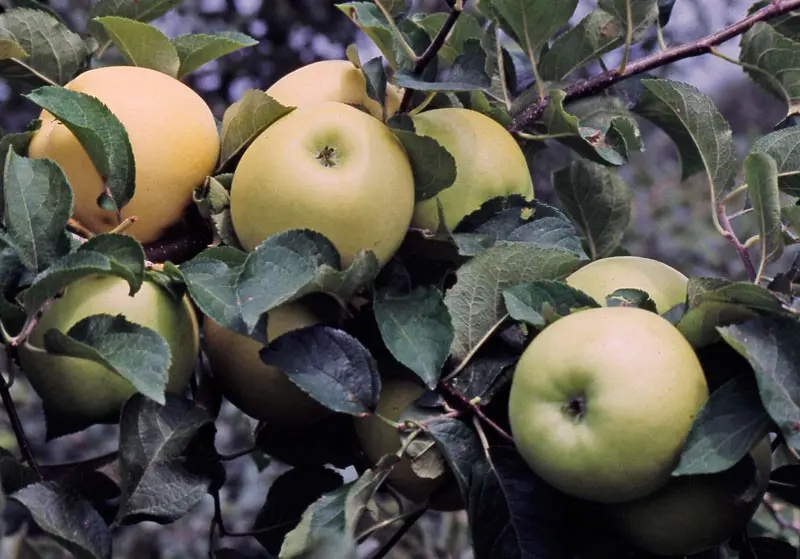
This variety bears a canary yellow apple with tart, juicy flavor and crisp flesh that’s ideal for either cooking or snacking. The highly productive Pristine apple tree blooms early, around July, and the fruit has a long shelf life. Trees are available in standard, semi-dwarf, and dwarf. Once established, this hybrid apple tree is easy to care for, but a pollinator partner is necessary for fruit production.
2. William’s Pride
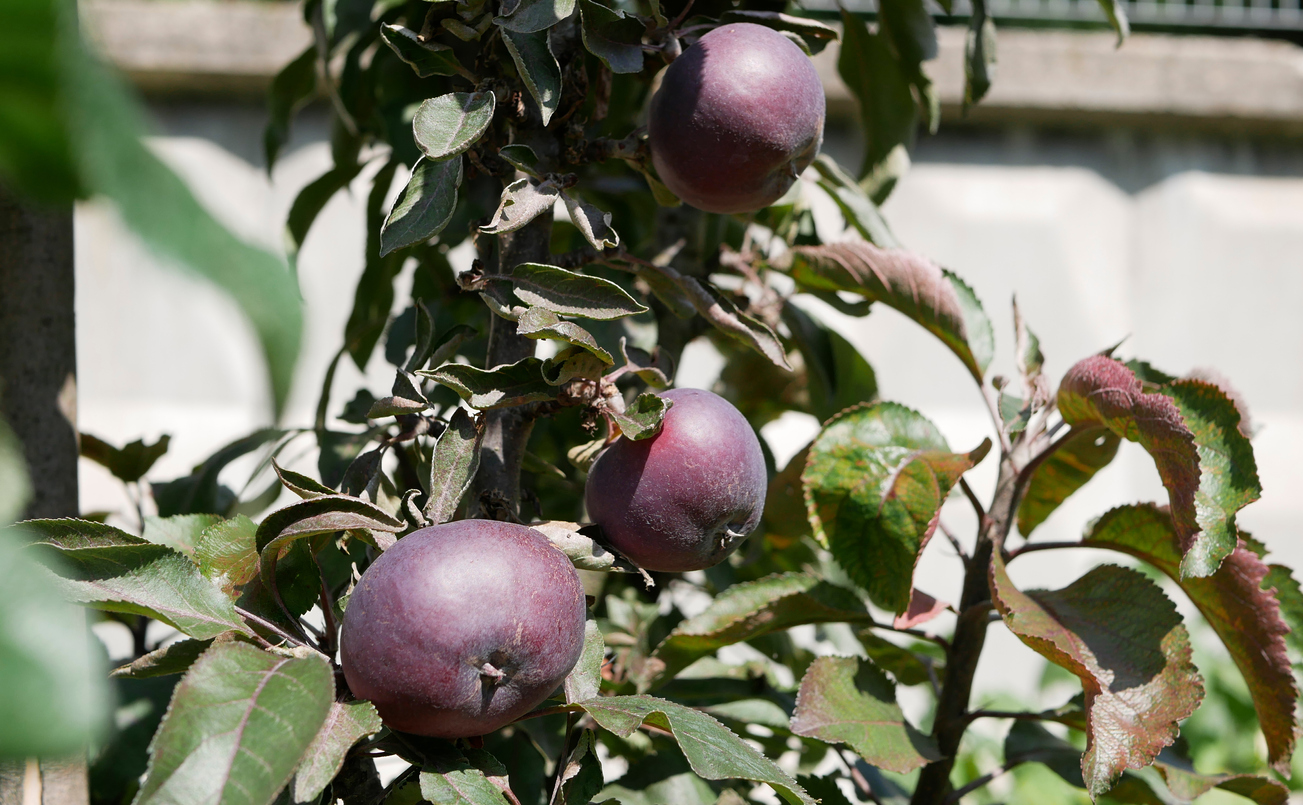
If you dream of lying in your backyard chomping on an endless supply of apples, this is the variety for you. With medium to large apples that range in color from dark red to deep purple, William’s Pride is one of the older disease-resistant apple varieties. It’s crisp and juicy, with a sweet yet spicy flavor featuring notes of pear that makes it great for eating fresh and for baking. William’s Pride is a prolific early producer, in July-August, but it requires a pollinator partner. This hybrid is available in standard, semi-dwarf, and dwarf rootstocks.
RELATED: The Best Garden Fertilizers According to Our Research
3. Liberty
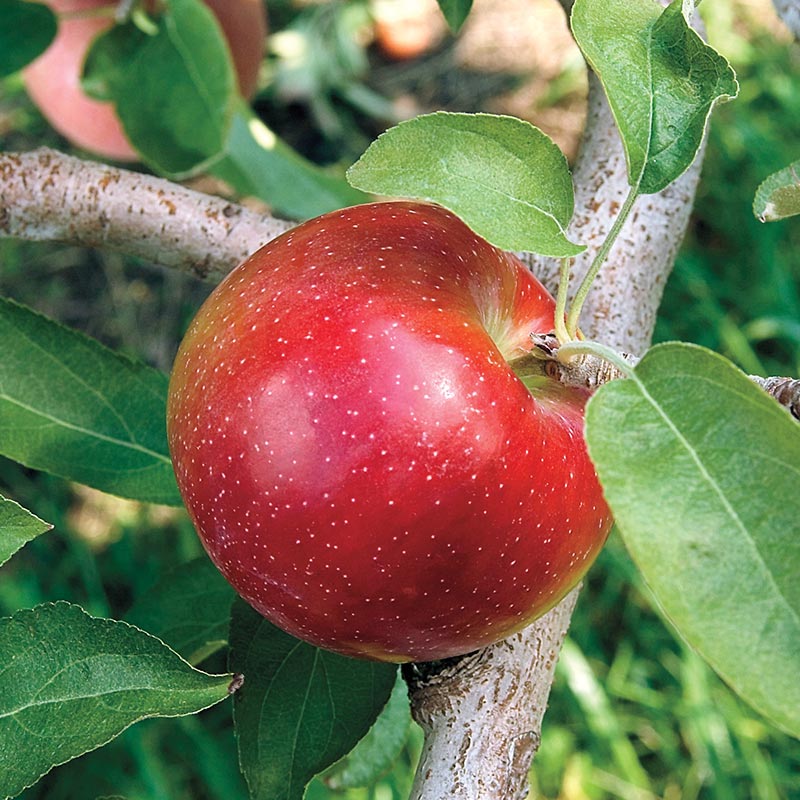
Liberty apples, with their bright rosy-red coloring, are the ultimate choice for pies. Their sweet, mildly tart, crisp flavor makes them ideal for canning and desserts as well, but don’t pass up the chance to make a snack of them—they’re that good! This mid-season bloomer is one of the best-known disease-resistant types. The fruit stores well over the winter without going mushy. No pollinator is necessary, but is welcome. This McIntosh hybrid is available in standard, semi-dwarf, and dwarf forms.
4. Enterprise
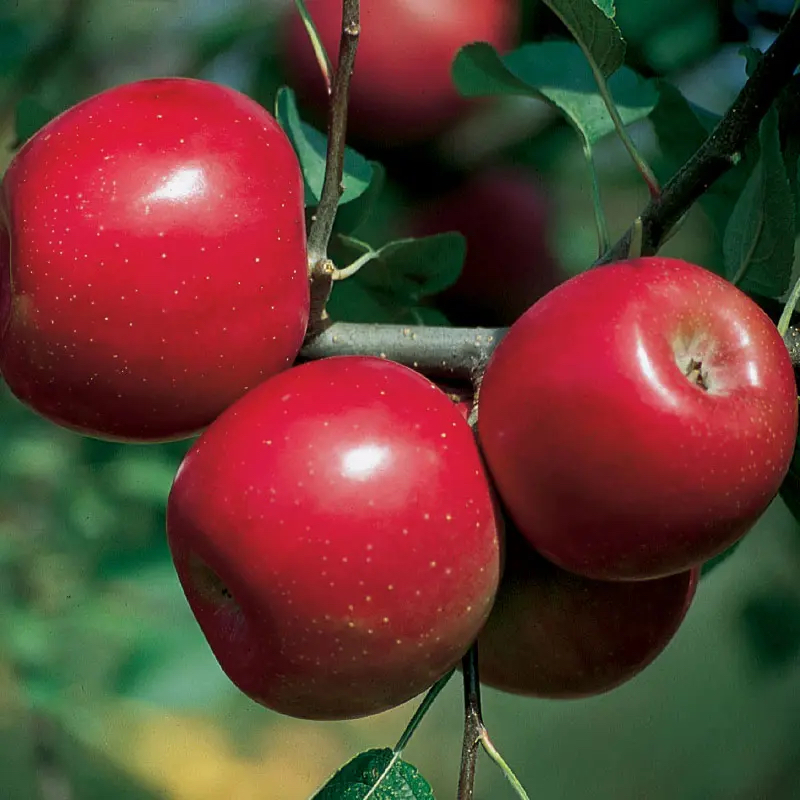
Bright red, juicy, and tart, the Enterprise apple has a tough, waxy peel, but the fruit falls from an easy-to-grow dwarf or semi-dwarf tree. Edible fresh, the apple’s tartness makes it most suitable for serving in a dessert, either fried or baked. These apples arrive late in autumn, making them a welcome treat for wildlife. If kept cold, they last for months; in fact, storage improves the flavor, which is comparable to a Fuji apple.
5. GoldRush
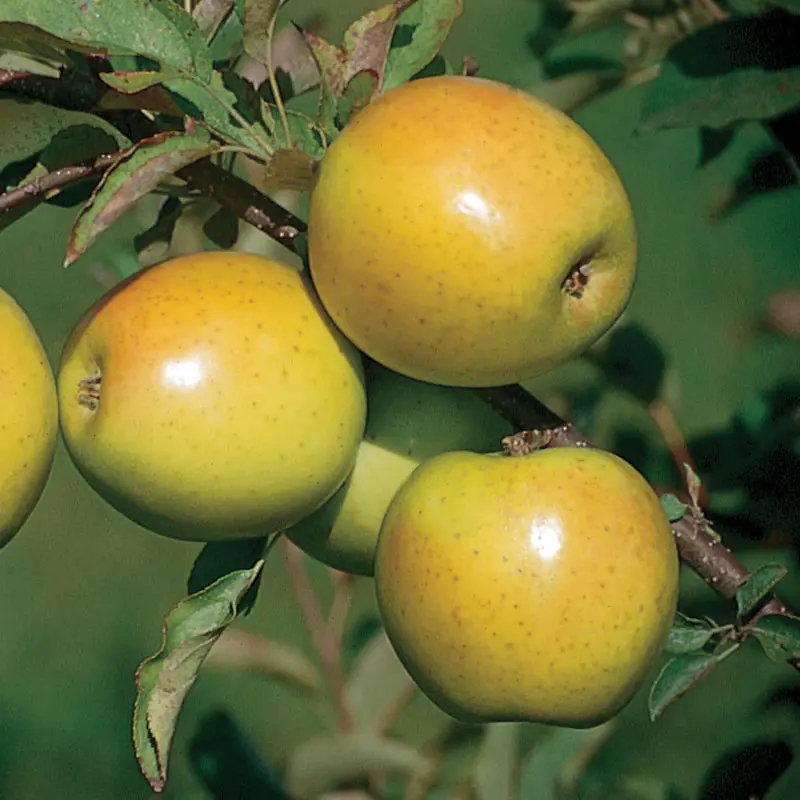
GoldRush apple trees produce a super large, super crisp variety that is, as its name and relation to the ubiquitous Golden Delicious would suggest, yellow. Toss GoldRush apples in a pie, in your lunch bag, or in the refrigerator for up to 6-7 months. Upper Midwesterners take note: This tree is definitely winter hardy! A late-fruiting hybrid, GoldRush is the gold standard for pie apples, with its crisp, mild, sweet-tart flavor. Easy to grow, even for beginners, GoldRush is available in dwarf and semi-dwarf and grows throughout much of the contiguous United States.
RELATED: How to Plant a Tree
6. Freedom
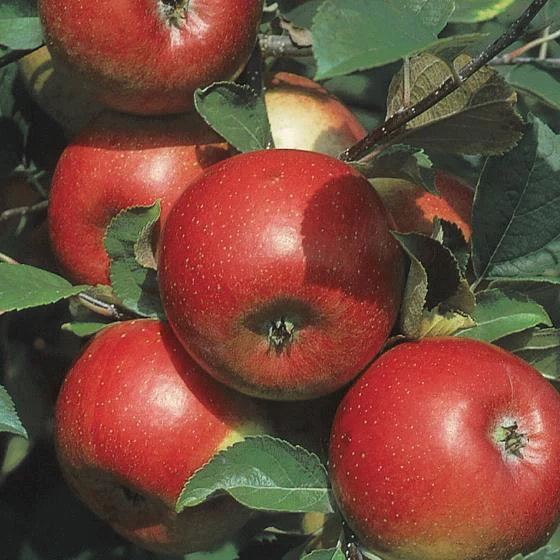
Freedom apple trees are both easy to grow and, well, patriotic. Highly recommended for home growers looking to find a low-maintenance apple species, this cold-hardy tree will bloom mid-season, and the large red fruit will last for at least a month or two in storage. Tender, sweet, and juicy, it’s good for anything from snacking to applesauce to cider and juicing. Large trees reaching 15 feet wide require cross-pollination in order to produce the best fruit.
7. Redfree
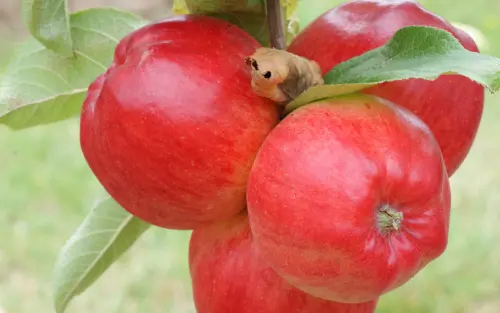
Producing a red and yellow fruit with smooth skin, the Redfree apple tree is a simple and successful medium-size, early-summer variety. The taste is crisp with an almost addictive sweetness. If you can resist eating them straight from the tree, try Redfree apples’ sweet flavor in ciders and sauces. Fruit holds a long time on this dwarf tree and stores well once picked. Cross-pollination from another variety is needed for this vigorous, easy-to-grow tree.
8. Jonafree
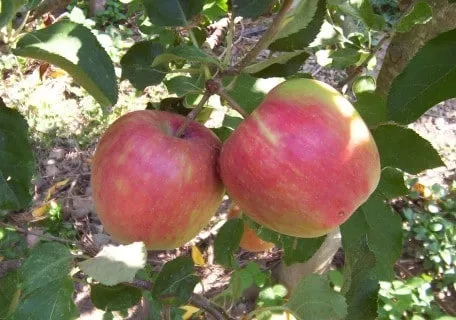
Juicy and sweeter than a Jonathan apple, the fall-blooming, glossy red Jonafree apple is very nice for snacking but truly exceptional in pies, applesauce, and juices because it doesn’t break down. A vigorous grower and heavy producer of low-acid dessert fruit, Jonafree requires another variety for pollination. Available in dwarf or semi-dwarf rootstock, Jonafree forms a heavy trunk and grows at a medium rate.
9. Arkansas Black
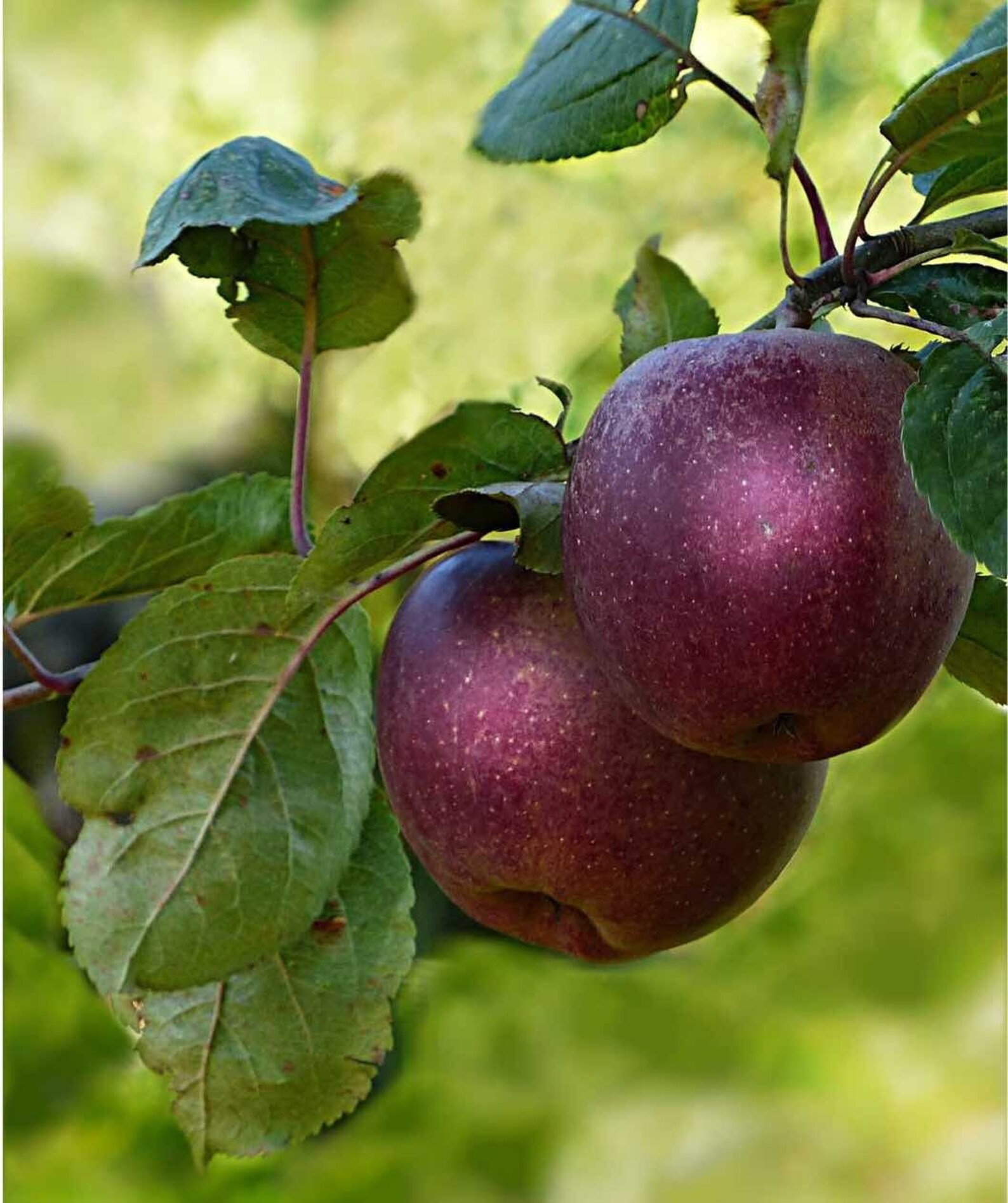
Dark red, almost black, apples offer a tart flavor. Fruit is crisp, firm, aromatic, and moderately juicy, making Arkansas Black choice dessert apples, although they’re also good for cider and pies. Dwarf to semi-dwarf trees fruit late in the year–around October–but the apples can be stored for months (storage actually improves their taste). They require another type of apple tree for pollination.
RELATED: Solved! When Is the Best Time of Year for Spraying Fruit Trees?
10. Sundance
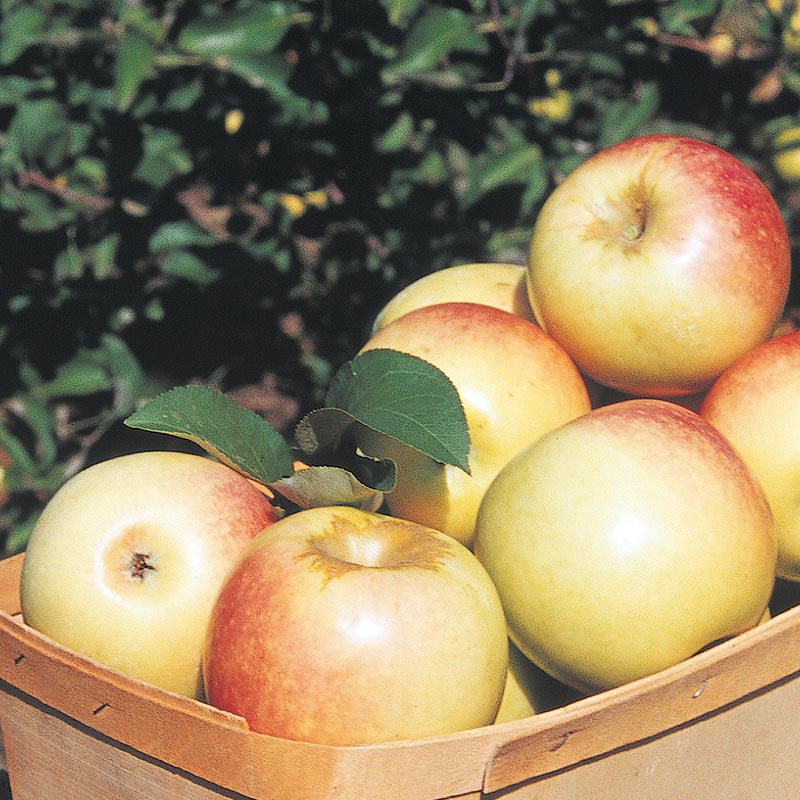
These large, yellow-green apples with a red blush feature notes of pineapple and lemon flavor in their crispy white flesh. As good for eating fresh as for baking, during which they hold their shape, Sundancers (as they’re sometimes called) make an excellent dessert apple. Apples have a long storage life. Fruit matures in mid to late October, so the semi-dwarf Sundance apple tree needs a warmer climate with a long growing season.
11. Winecrisp
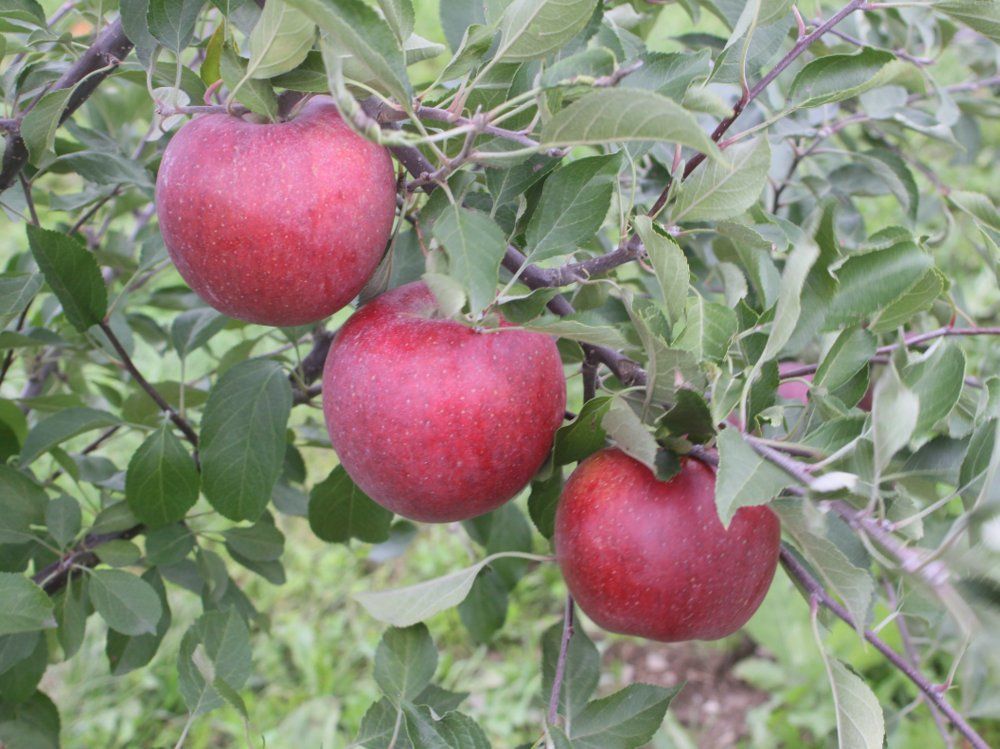
Bred for taste and disease resistance, the cold-hardy Winecrisp apple delivers on both counts. The thin, dark mahogany-red skin conceals firm-textured flesh with a sweet-tart, spicy flavor. This juicy dessert apple is also good for baking. Fruit ripens in early October in a single, heavy harvest of medium-size apples that are produced biennially. Best suited to northern climates.
Get apple trees at The Home Depot
A version of this article was first published in 2012.
